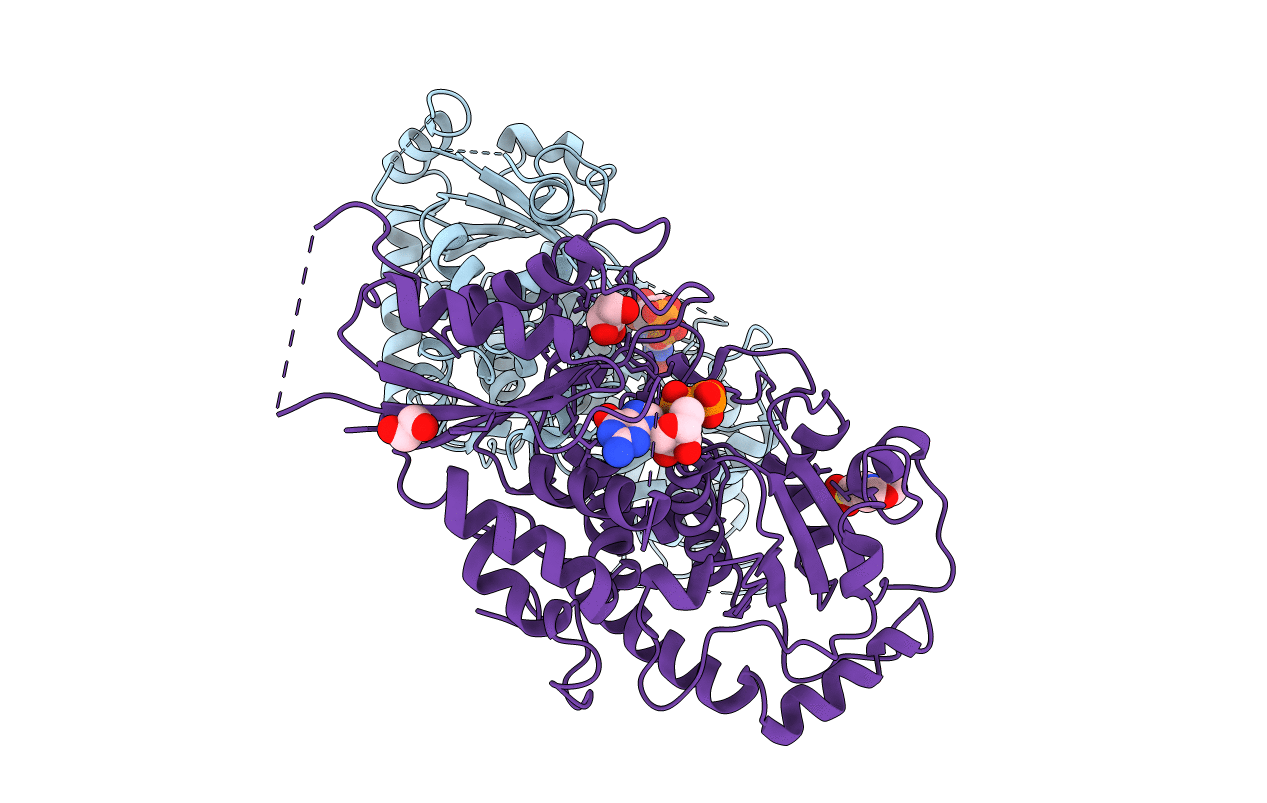
Deposition Date
2016-07-20
Release Date
2016-09-28
Last Version Date
2024-11-20
Entry Detail
PDB ID:
5KX6
Keywords:
Title:
The structure of Arabidopsis thaliana FUT1 Mutant R284K in complex with GDP
Biological Source:
Source Organism:
Arabidopsis thaliana (Taxon ID: 3702)
Host Organism:
Method Details:
Experimental Method:
Resolution:
2.20 Å
R-Value Free:
0.32
R-Value Work:
0.25
R-Value Observed:
0.25
Space Group:
P 1 21 1


